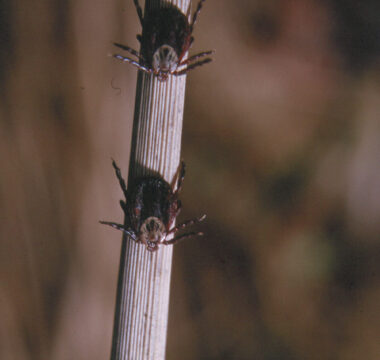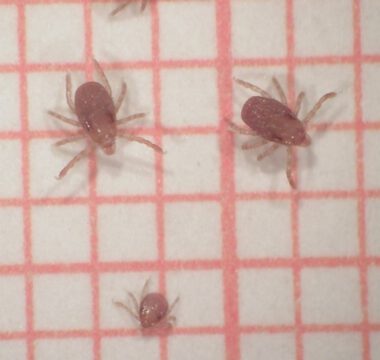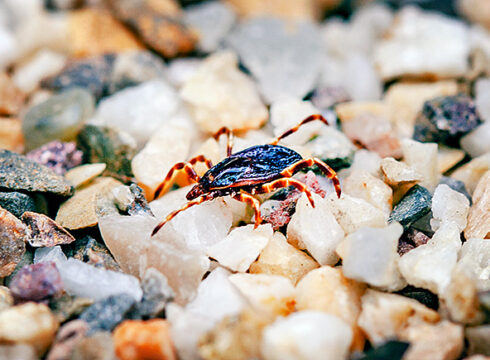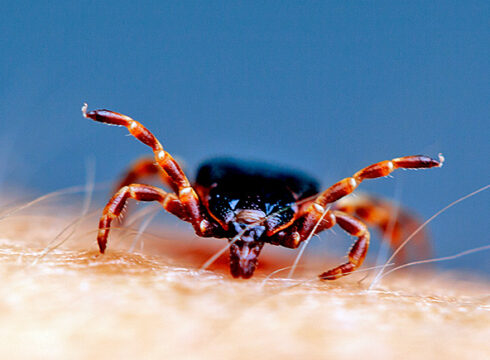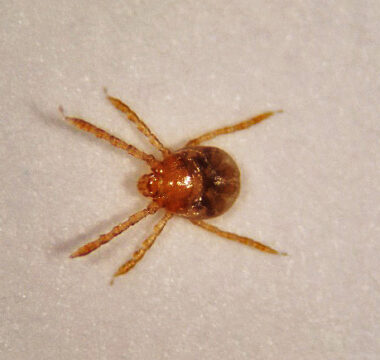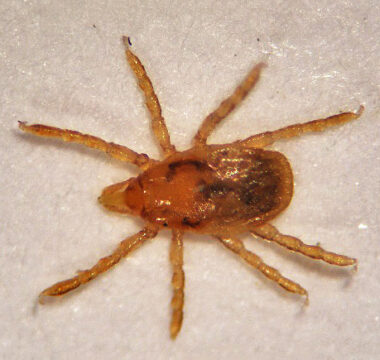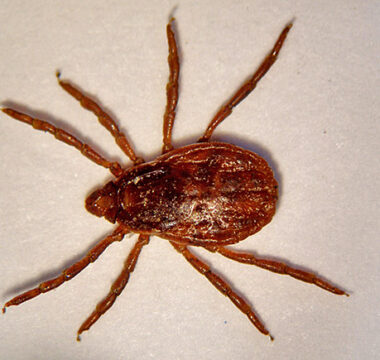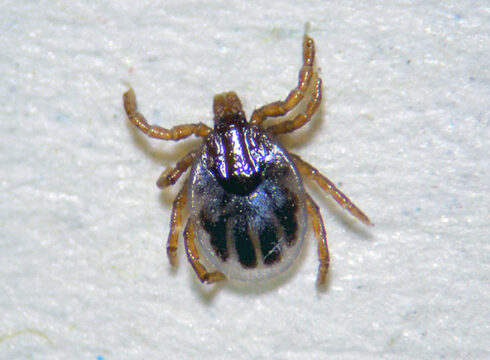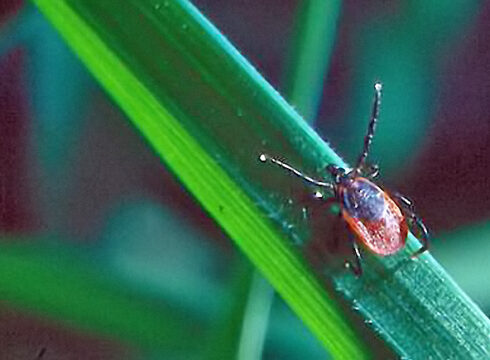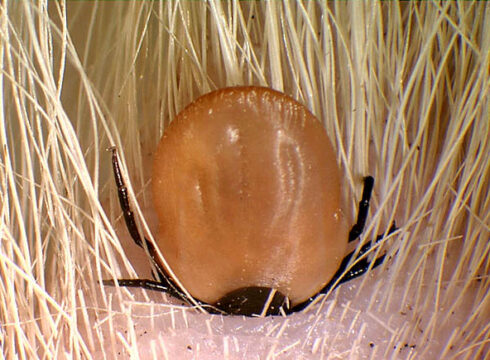
Breeding of ticks and mites
We breed standardized test organisms of consistently high quality to carry out biotests and for sale.
Cultured species
Ticks:
In the following, some representative species which are significant both from a medical and a veterinary perspective are characterized in more detail.
Area of distribution: In a belt of the temperate zone of Western, Central and Eastern Europe as far as Asia (similar latitudes).
Hosts: adult ticks: larger mammals (wild boar, red deer, cattle, horses, dogs, etc.); larva/nymph: rodents (especially bank vole).
Transmitted pathogens: Rickettsia raoultii, Babesia canis (pathogen of dog malaria), among others.
Area of distribution: Mediterranean region, parts of Asia (Iran, Iraq, Turkmenistan).
Hosts: adult ticks: ungulates; larva/nymph: various bird species, hares, insectivora (insectivorous small mammals).
Transmitted pathogens: Crimean-Congo haemorrhagic fever virus, Rickettsia aeschlimannii, etc.
R. sanguineus is a tick specialized on dogs. It can be found in the closer vicinity, usually only a few meters away from the sleeping and resting places of dogs. Usually it lives there hidden in cracks and nooks in and on buildings, doghouses etc. and comes out only for sucking blood. The heat-loving tick does not exist outdoor in Central Europe, but can be brought in with dogs e.g. from a holiday in the Mediterranean area and then stay with us permanently in houses. If the tick has no dog host for a longer period of time, it also bites people.
This species is difficult to determine. Probably two or three different species with different ecological requirements exist under the species as we know it today.
Area of distribution: Originally probably native to Africa, today worldwide in urban areas of the tropics and subtropics (20°N to 30°S). In Europe mainly in the Mediterranean area, further north only sporadically inside buildings.
Hosts: Dogs are preferred by all developmental stages, only in exceptional cases are other hosts, such as humans, attacked.
Transmitted pathogens: Rickettsia conorii (causative agent of Mediterranean spotted fever) and other pathogens.
Area of distribution: The hedgehog tick is spread all over Europe.
Host: It parasitizes besides the eponymous hedgehog above all carnivorous mammals like dogs, cats, foxes, badgers and martens.
I. ricinus is the most common tick in large parts of Europe. As a typical forest dweller, it depends on high air humidity for survival. It can also be found in urban green areas (parks, gardens) and damp meadows, but rarely on open, sun-exposed lawns that remain dry for long periods of the year. The species parasitizes many mammal and bird species, even reptiles. All stages commonly bite humans too. I. ricinus waits, lurking in the lower vegetation, for a passing host to which it clings quickly. The species is the main vector of various pathogens, especially the agents of Lyme disease and TBE. In the last 25 years, the species has spread to higher altitudes (Alps), as well as further north (Scandinavia). This is accompanied by an increase in temperature in warm years during this period.
Area of distribution: Europe, in the East to the Ural Mountains, in the North to 69° N (Norway). In 2017 the first permanent populations were reported from Iceland.
Hosts: adult ticks: medium and large mammals. Larva/nymph: small to large mammals, various bird species. It commonly bites humans. About 70% of human bites are caused by nymphs, about 20% by adult ticks, the rest by larvae.
Transmitted pathogens: TBE virus (early summer meningoencephalitis), Borrelia (various species), Rickettsia (various species), etc.
Mites:
Dermatophagoides pteronyssinus (House dust mite)
We deliver exclusively to companies and research institutes.

